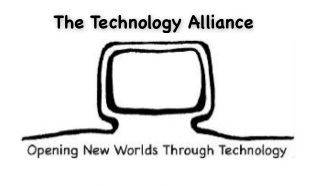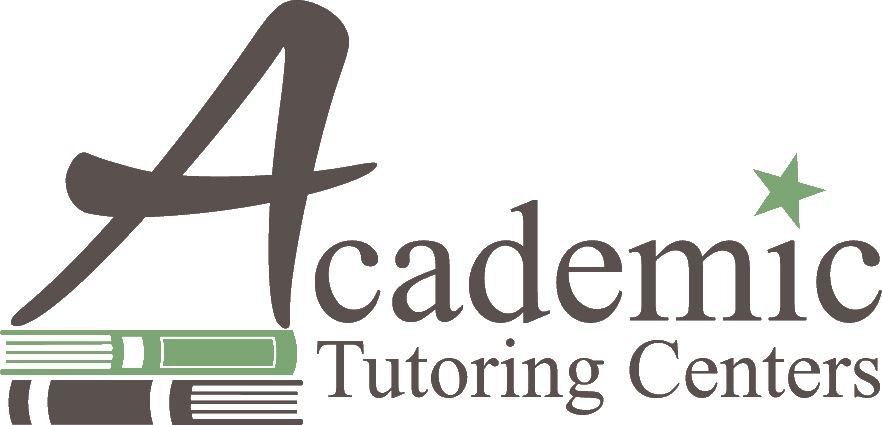- About
- Programs & Events
- Kids Climate Summit 2022
- KCS 2022 Page 5
Kids Climate Summit 2022: Make Some Noise!

While we were unable to host a Kids Climate Summit for 2022, the community still was able to MAKE SOME NOISE! We are excited to present the submissions to the Climate Change NOISE Challenges. Please enjoy these amazing works and we hope they inspire you to learn more about the climate.
There are 6 pages of submissions to be viewed: Page 1 - Alaina M., Roycemore Roots and Shoots Club, Linden P., Andrew M., Linda Wallin, Claire Bermaum, Mariana M., Inika Page 2 - Lyra R., Amelia R., Emilie B. Page 3 - Anika Chandola, Laxmiprasad, Anika B. Page 4 - Srinrsimha Katakam, Anisha K. Page 5 - Nora Berbaum, Kalyan Page 6 - Celsey O'hare, Brynne O'hare The Humans and the Polar Bear Once upon a time, in Paris, France, a rich family was arguing over the last barbeque-dipped chicken leg. “I get it!”, shouted James, the oldest. “No, me!” Syla shouted over him, as Jenny, who was only two, sobbed, “Waaaaaah” in a sobbing tone. James and Syla stopped bickering, because they knew they had to go home with the baby. They sighed at the exact same time, and James drove Jenny and Syla to Theodora and Evelynn Esres’(ays-ray) house where they were staying for the night. Then James drove himself home. The next morning, James’ dad picked up his colored copy of the Plaza’s Gazette over to his favorite coffee shop, The Steamer’s Brew, ordered the dark Frappuccino with extra whipped cream and exactly two teaspoons of sugar, leveled out by the BakeMachine 2000, and settled down in his favorite polka-dotted chair. While he was waiting for his coffee, he glanced at the title of the article on the first page of the Plaza’s Gazette: Polar ice caps melting - the polar animals are in great danger Mr. Baleran, as everyone called him, continued reading the first few sentences; “In the arctic, the ice caps are melting, so many arctic animal’s homes are starting to fall off, and the animals will not have any homes. He continued reading; slower animals such as polar bears, will not be able to survive, and will fall off along with their houses. “What?” He screamed. The humans drove their car (which makes pollution. Not a big deal, huh? Well, think about how that could affect this polar bear, Maggie. In the arctic , there was a lazy polar bear named Maggie. She was always sleeping, even in times of great need in the Arctic. Sometimes she slept so much that her family members thought she might not even find a husband, and they would have no descendants. One day, the Arctic Animals found something very odd: the remains of an old igloo. It had been owned by one of the polar bear’s most dearly loved friends, but she didn’t even care. Actually, she couldn't. He was snugly curled up, of course, enjoying the warmth of his covers, slopping over the sides of the polar bear’s heated mattress. In the arctic, most of the arctic animals were packing their bags, and starting to travel South. The quicker animals slept lazily, like Maggie, because they could run a mile in a minute. The polar bears, though, had already packed their bags, and ran off before the first streak of daylight bloomed into the whitening sky, snowflakes prying into their boots, making them cold as shivers. When they came to the snowy cliffs, the party stopped, and munching on some cooked fish, the family checked their bags for everything they were supposed to have. “Rope?” their father asked. “Check.” replied Maggie. They kept going on, and on, and on, until a stern voice interrupted them. “Ladies and gentlemen, girls and boys of PolarBearia, I feel a speech coming on. Here we go. My people have been killing you, and I have to talk about it. They are killing by driving their cars around and causing pollution, which makes the air hotter, so it makes your icebergs melt. That is why you might become extinct.” Maggie turned around abruptly. Whoever had just been speaking was trying to distract them from the other things around them. He was leaning against the metal sides of a truck. When she woke up, Maggie felt enclosed, and looked up. She was in a giant, moving, bumpy sled that was elevated and closed in on all sides , with most of the other arctic animals trapped with, all huddled together in…hmm… well, Maggie did not know what it was, but it looked like a box, but it was made of metal filters and then the vehicle hit a giant Bonk in the ice, and Maggie felt her face hit cool water. “Wha…goi…on…”breathed Maggie with her remaining breaths of air left in her lungs. She felt her eyesight flickering…then everything. Went. black . The End (Maggie was on an iceberg. It sank like a shipwreck. She drowned like the pirates ) Think about the story; how could the humans affect Maggie? How could you help a polar bear?By Nora Berbaum | Banging, burning, melting, sounds of cries and tears, gale force winds, record-breaking tsunamis, and extinction, the cause of human activity. These are the noise and sounds that are caused as a result of climate change, rather human induced climate change. The glaciers are melting, the trees are burning, the people are crying, confused by the horrific weather. This is just the truth, on what is happening in this world. Which is why we must act rather than discuss, which has been going on for decades, foreshadowing the very event that is occurring right now. Recently, talks about the Doomsday Glacier seemed to have been trending. This glacier is unfortunately about to change the scope of climate change and the world in a way that has never happened in a horrifically negative way. Raising the sea levels, tsunamis, decreasing the reflection of the sun, burning, and sinking of modern coastlines and cities, such as New York. And is accelerating at a rate that is exponential, growing concerns with the exponential growth of carbon based fuels, coal, along with it. Being the main cause, for the glacier to melt and fall into ruin. In the traffic, wondering how to escape the traffic, with all of the sounds in the background and seeing the cars jammed up on the highway seeing how congested this world is in front of the highway. While seeing in different parts of the world, other people are seeing their friends talking and seeing the rain fall, and in another place seeing the ice melt. Maybe even witnessing some research all around the world, from animals to ice and the temperatures around the world trying to create some sort of trendline to see where we are going, as a collective group. Seeing all of this, one may ask how can we help with this issue that is currently being presented not just in the US but all around the world where there are places that are getting affected and destroyed by the noises and destruction from climate change. This is why I am proposing that we as a humanity must step up to do our part to protect not just our future, but also what is present right now. The time has come to look back and decide what we must do, instead of talking about it. This is where the strategies come in to describe possible solutions. First solution, this is to simply stop using cars as much and rely on one’s skills and utilities that they have access to. Such as using more public transport to get to essential places, and carpooling with other people to limit the number of cars. This not just limits the amount of fossil fuels getting emitted into the atmosphere but it also aids in decreasing the congestion of traffic and allows for the noises to not be overwhelmed by mechanical sounds and rather bring back some of that nature and natural life that has been completely eliminated by the bringing of this new idea becoming much more widely used. Which I can say, is simple and often disregarded, especially with the pandemic, this has become nearly eliminated, and linked to a huge uptick in the traffic after restrictions began to decrease. Second solution, relating to my first thesis and statement in the paragraph above, I wish to add, that using your bicycle or walking to a place instead of going on a car can have a dramatic effect on climate change and the total effect like explained above, but this time with data from Harvard states, “What about a meat-heavy diet, the Paleo diet? I looked at Paleo meal plans and academic lifecycle GHG estimates for the foods in those meal plans, and estimated the average emissions of a Paleo diet to be 5.4 gCO2e/kcal [v]. This gives us 135 gCO2e/km, very close to the Prius. What about a vegan? Vegan diets have much lower emissions, around 1.6 gCO2e/kcal [vi], for 40 gCO2e/km. This means that a biking vegan has less than a third the impact of an individual driving a Prius, and 1/7th the impact of an individual driving an average car.” (https://keith.seas.harvard.edu/blog/climate-impacts-biking-vs-driving) This piece of research gives us evidence needed to discuss our third solutions to this issue. In which this evidence shows, that meat eaters on the Paleo diet, have a similar emission to a Prius (Fuel Efficient Vehicle), showing that even if one bikes their diet can still have a mass effect based on the meat consumption. Due to the amount of emissions coming from farming and the animal’s need. Third solution I have prepared is eating significantly less meat which adds up to 10% of the climate issue. And even without the benefit of helping the world’s climate problems, the effects of eating meat can cause many other problems relating to one’s health, which is another reason that many new meat options, aim to attract meat eaters into options that are meat free but have the same taste in order to directly target meat consumers. This is one way they are trying to decrease meat consumption, and this is becoming clear with the way that many people are now trying to advertise better options which are now the most prevalent. Fourth solution, bioengineering the planet to forcefully or try to plant small strategies that stop the total carbon in the air, or in a solar radiation management technique. Such as using some sort of mirrors in the poles or in space to reflect the sunlight back into space instead of letting it enter the atmosphere in the first place which have the chance to affect crops and won’t help the effect it has had on wildlife as much as this second one. Which is to trap down carbon in the atmosphere, which is possible with many strategies like reforestation, DAC (Direct Air Capture). Which are two strategies that work with either using natural life to trap carbon or using machines to remove carbon and store it deep into the Earth or launching it into space to get rid of some excess carbon. To conclude, there are small ways, and many ways to affect the climate change problem and to solve or decrease our emissions to a small level or to a higher mass level. Even changing our lifestyle along the way. Thanks for reading! by Kalyan
|


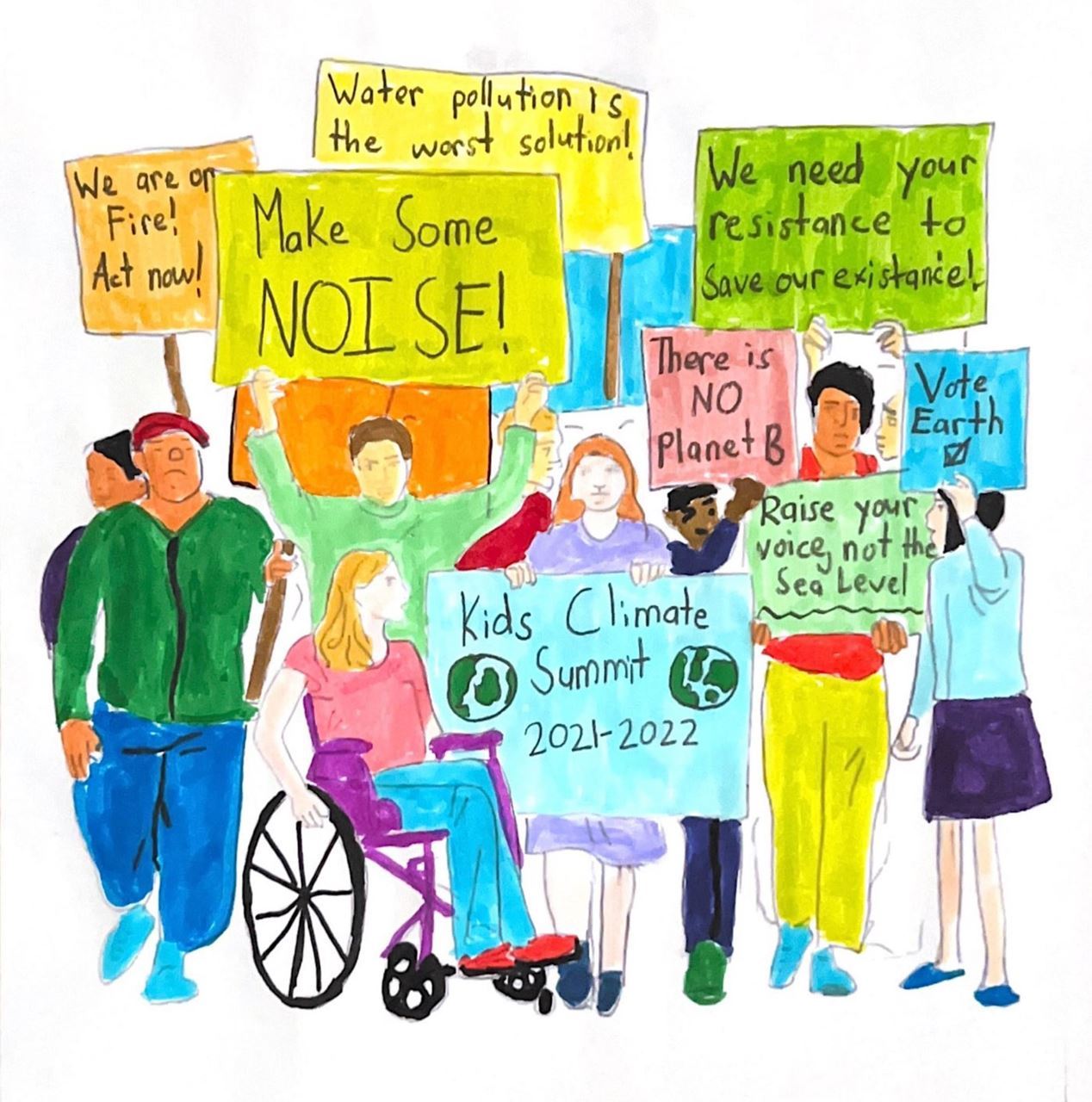
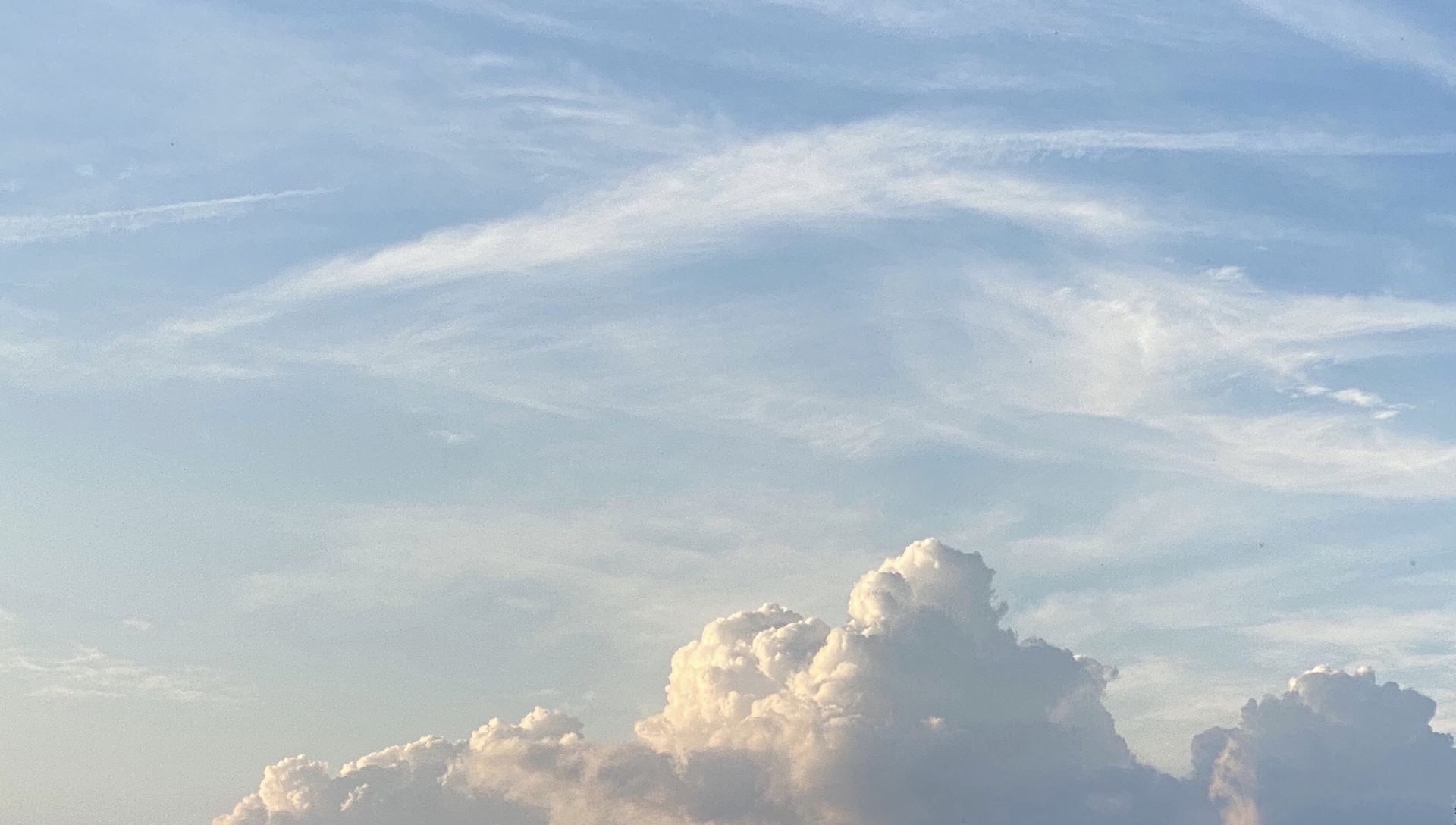


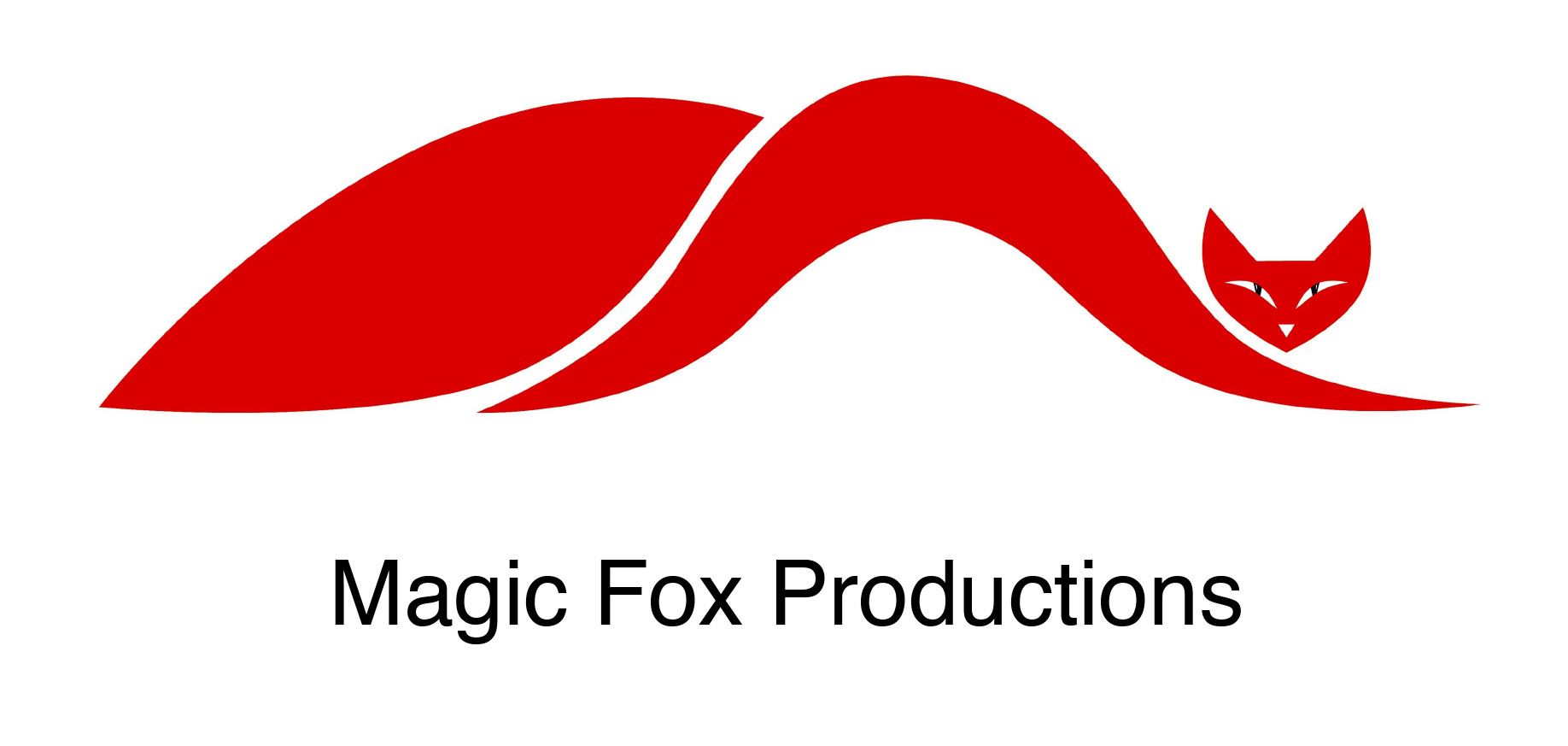

.jpg)

